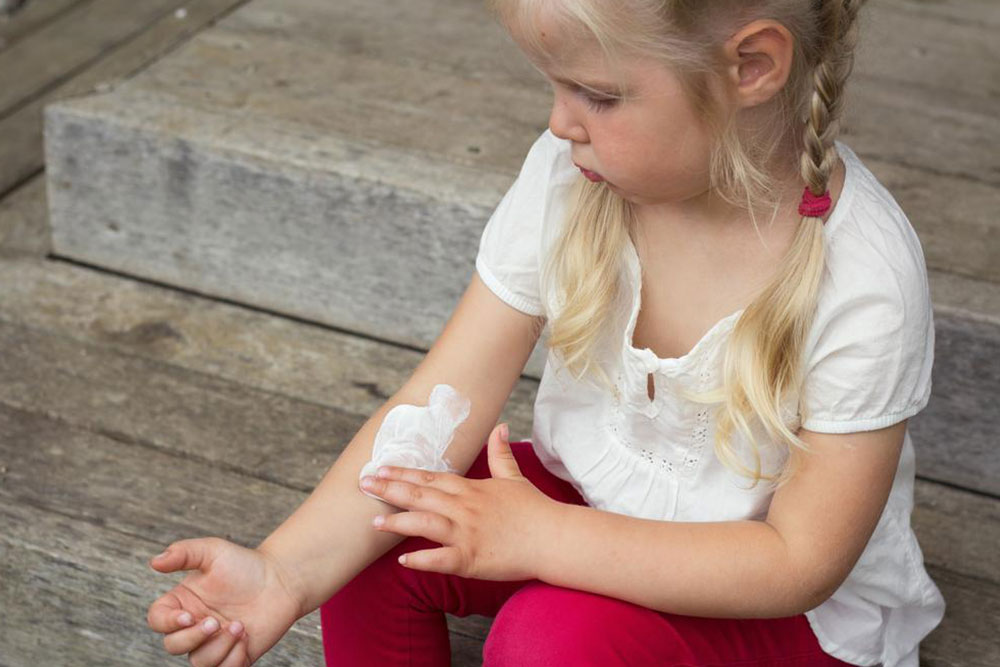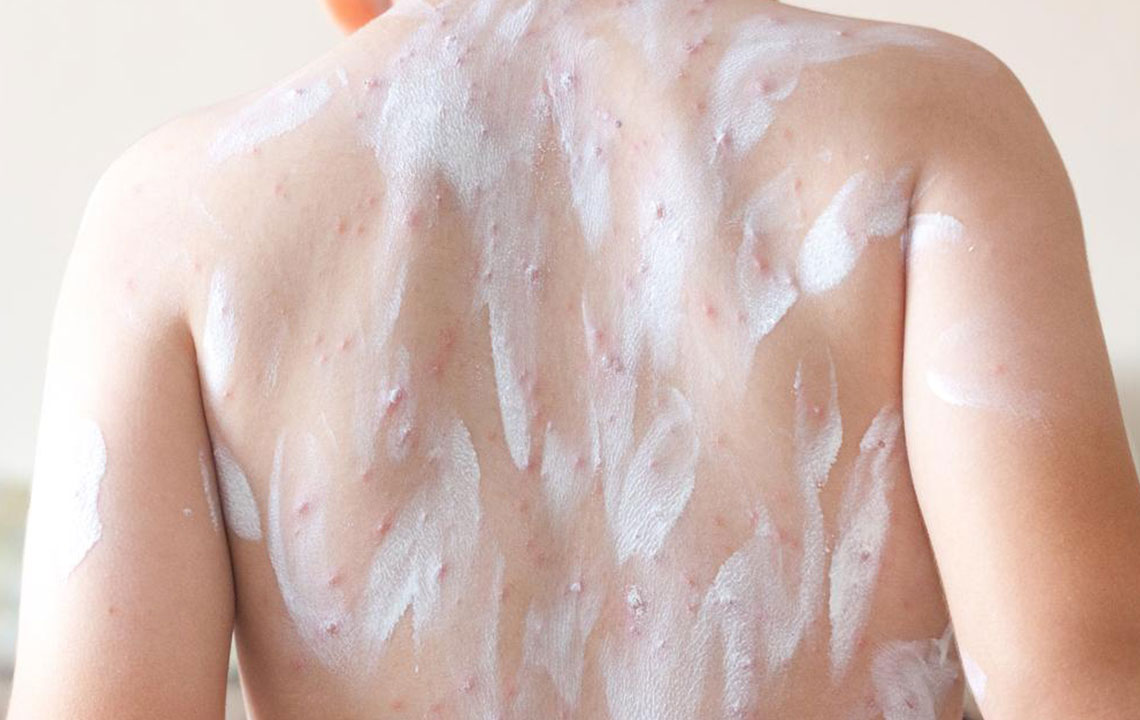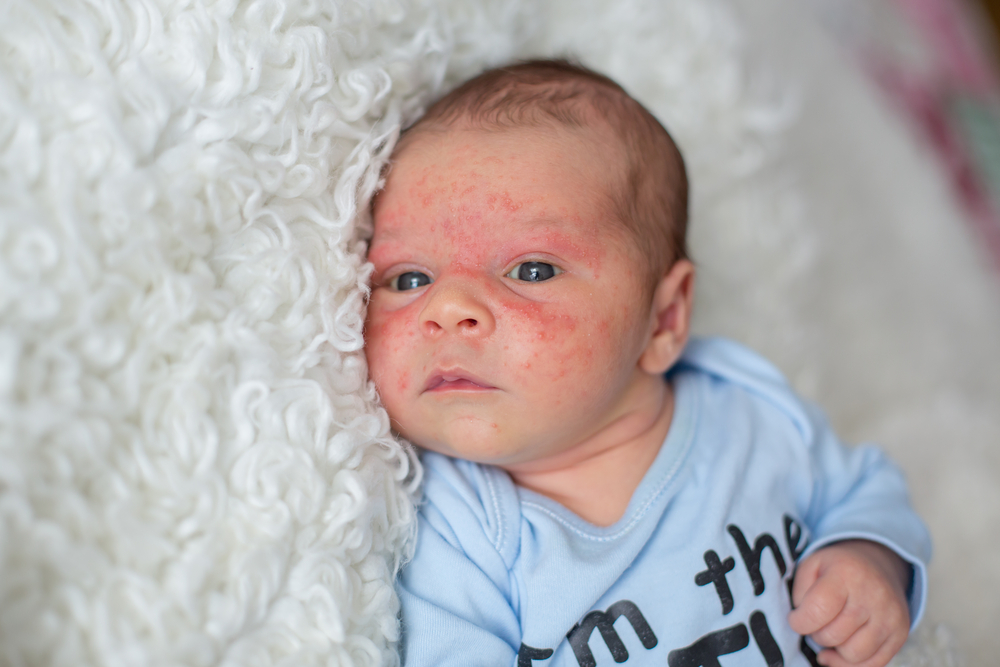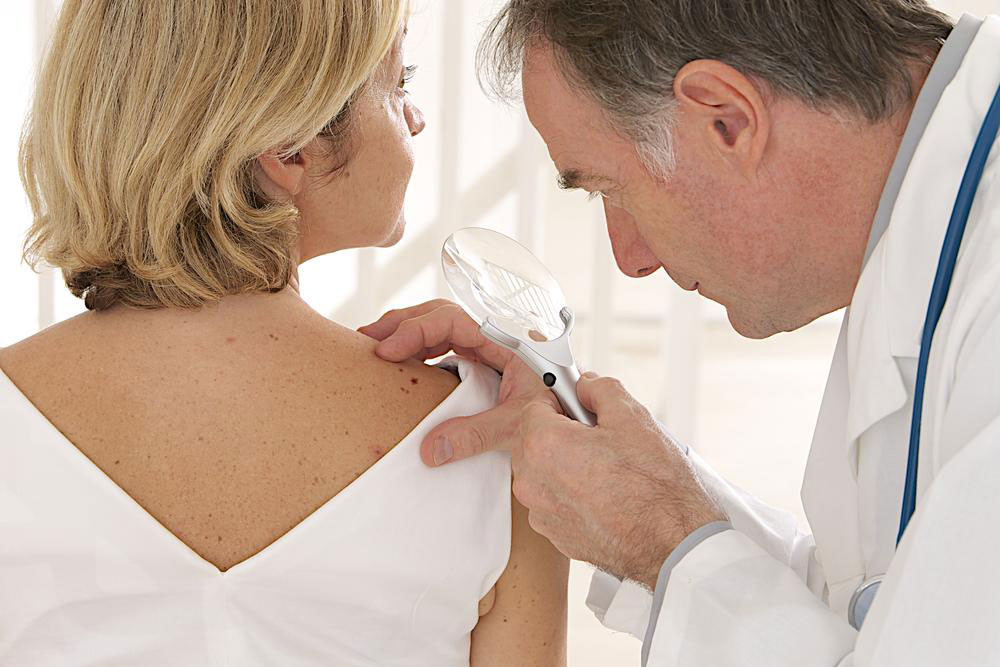Understanding Atopic Dermatitis: Causes, Symptoms, and Management
Explore the causes, symptoms, and management options for atopic dermatitis. Learn about early diagnosis, triggers, and treatment methods including creams, antihistamines, and phototherapy. Proper care can significantly control this common skin condition, especially when diagnosed early. Always consult a healthcare professional for personalized advice.
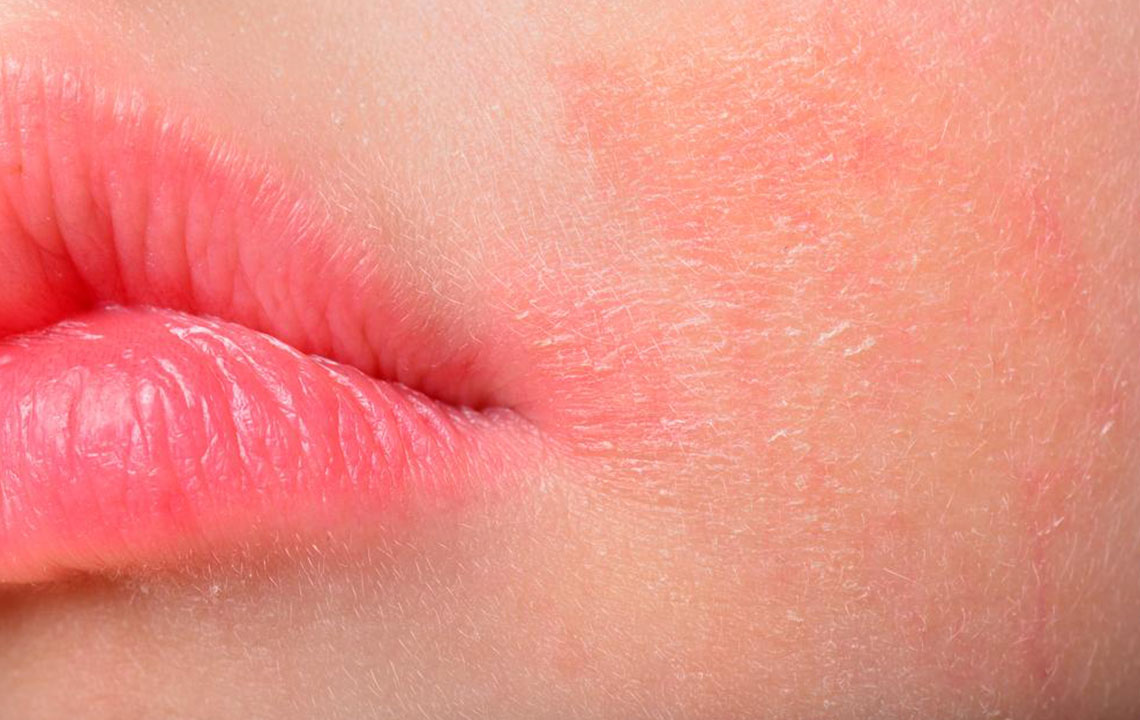
Understanding Atopic Dermatitis: Causes, Symptoms, and Management
Atopic dermatitis, also called atopic eczema, is a long-term skin disorder impacting many, especially children, though it can occur at any age. Globally, around 18 million individuals suffer from this condition, which manifests as itchy, dry, red, and scaly skin. It may also increase the risk of developing asthma or allergic rhinitis later in life. Studies show roughly 30% of affected children develop asthma later. Most cases begin before age two, with only a small percentage appearing after age five.
Early diagnosis and appropriate treatment can help prevent complications such as persistent itching, skin damage, and secondary infections like herpes or staph.
Causes:
While the precise cause remains unclear, predominantly, those affected tend to have allergy-related conditions like allergic rhinitis or hay fever, often linked to family history. The immune system's allergic response triggers inflammation associated with atopic dermatitis. Additional factors that might provoke flare-ups include:
Allergens such as dust mites, pollen, molds
Harsh soaps and detergents that irritate skin
Chemicals and fumes causing rashes
Sudden weather changes, like hot showers after cold exposure
Emotional stress, such as anxiety or frustration
Dietary triggers, especially in children with food allergies
Overwashing, leading to dry skin, particularly in winter
Signs and Symptoms:
Symptoms vary among individuals but commonly include:
Intense itching
Dry, cracked, or thickened skin
Swollen and sensitive skin due to scratching
Red or grayish patches, especially on hands and feet
Small bumps that may leak fluid when scratched
Managing Atopic Dermatitis:
Though there is no definitive cure, early and proper treatment can effectively control the condition. Managing triggers and following medical advice are essential. Treatment options include:
Application of lotions, creams, and ointments to soothe and protect the skin
Emollients to restore moisture and prevent dryness, especially effective in dry skin conditions
Topical corticosteroids to reduce inflammation and flare-ups, used under medical supervision
Tar treatments like coal or pine tar to alleviate inflammation and itching, though smell and messiness are considerations
Antiseptic solutions such as baths with bleach or potassium permanganate to reduce bacterial load
Antibiotics for bacterial infections that may develop secondary to eczema
Oral antihistamines to lessen itching and promote restful sleep, suitable for children and adults
Phototherapy, involving ultraviolet light, reserved for severe cases due to potential side effects and cost, often not suitable for children or those with very fair skin

